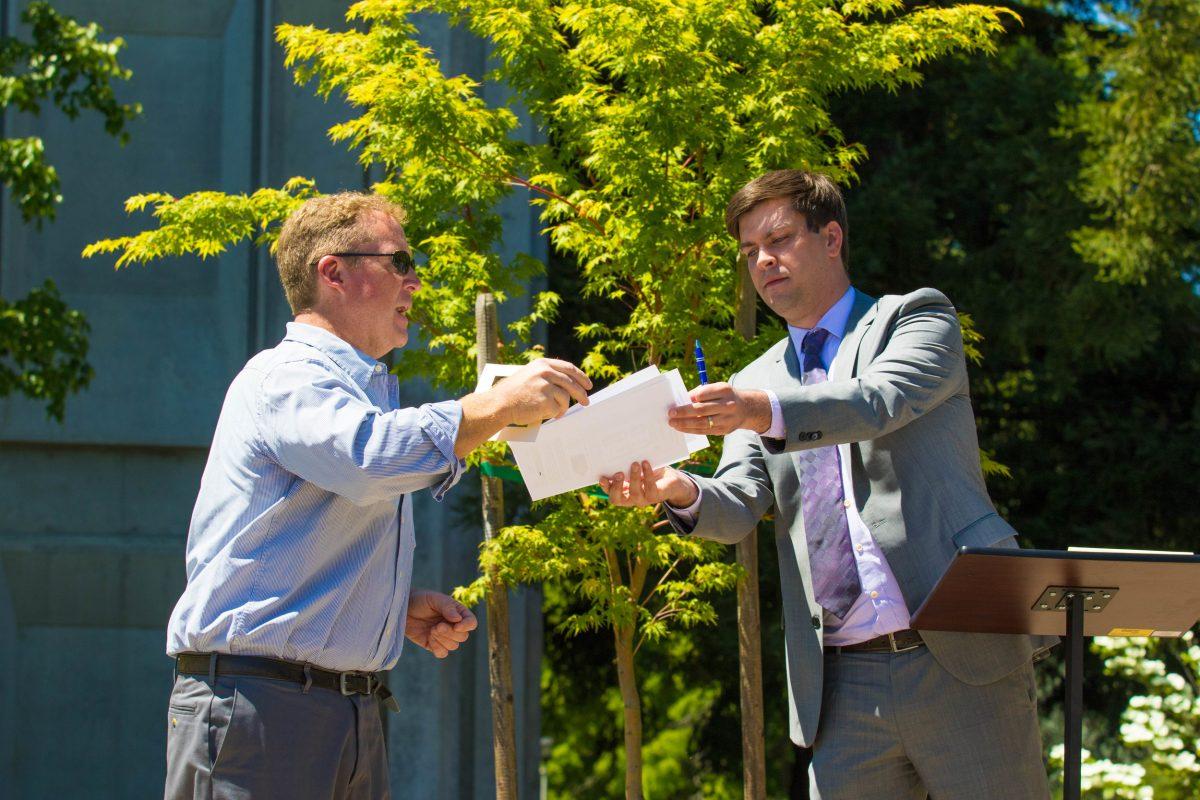The trial of Thomas Sargent versus the California State University Board of Trustees reached a verdict on March 15. Supporting the claims of the plaintiff, the jury found that Sargent’s peers pressured himto leave his job at Sonoma State University due to harassment after bringing attention to potentially dangerous levels of airborne asbestos in Stevenson Hall.
Sargent was working for the Sonoma State University Environmental Health and Safety program when he noticed unsafe practices regarding the treatment of asbestos insulation in Stevenson Hall.
After vocalizing his concerns about the asbestos, his colleagues pressured him into resigning by treating him with contempt, according to the lawsuit. In 2014, he filed a lawsuit against the school on the grounds that the school should have protected him from any retribution under the California Whistleblower Protection Act.
The jury awarded Sargent $387,895 to compensate for his lost income and damages such as mental suffering and emotional distress.
Despite Sargent’s concerns, an additional part of the jury’s verdict found conditions in Stevenson Hall “safe and healthful.” The school has conducted eight air-monitoring tests in Stevenson since March 8 of last year that confirms the finding.
Asbestos was only detected in one of the 89 different samples that it took. And even then, it was only a negligible amount, according to California Occupational Safety and Health Administration established regulatory levels of asbestos.
Although the jury deemed the air in Stevenson Hall safe, it still called for the implementation of additional safety measures.
President Judy K. Sakaki released a statement about the trial saying, “While the jury’s ‘safe and healthful’ finding is encouraging, the verdict also found that some past practices can be improved upon. We are reviewing those findings and are committed to taking additional appropriate proactive steps to ensure that Stevenson continues to be a safe and healthful workplace.”
Her statement was unclear about past practices are, and how the school will be improving them. When asked to clarify this, among some other ambiguities in her statement, both Judy Sakaki and Associate Vice President William Kidder did not respond.
The Press Democrat, however, was able to find some more information regarding the matter. There were 16 different Occupational Safety and Health Administration claims in the lawsuit. Of those 16, the jury justified seven of them, according to The Press Democrat.
This includes a lack of maintenance for asbestos-containing floor tiles, a lack of proper dusting in many different areas in the building and a lack of the cleaning and maintenance of the building’s ventilation system.
While the outcome will be relieving to some, it may also raise questions and concern about the efficacy of the janitorial procedures that are in place in Stevenson.
In addition to the threat of the asbestos itself, there also looms the threat of discrimination against whistleblowers in the workplace.





![[Both photos courtesy of sonoma.edu]
Ming-Ting Mike Lee stepped in as the new SSU president following Sakakis resignation in July 2022](https://sonomastatestar.com/wp-content/uploads/2024/04/CC4520AB-22A7-41B2-9F6F-2A2D5F76A28C-1200x1200.jpeg)


























